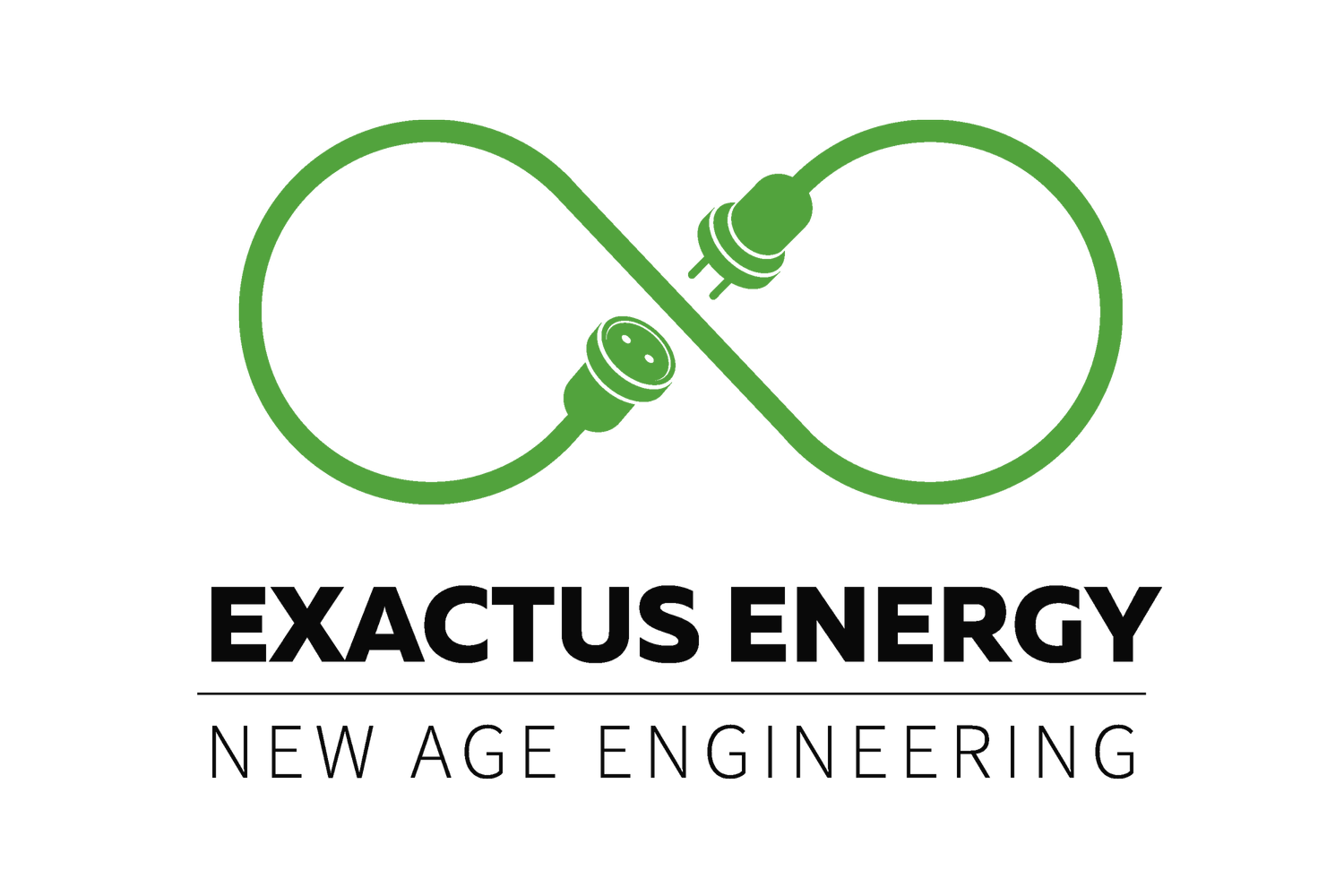Snow can be a beautiful and serene natural phenomenon, but when it accumulates on solar panels or other structures, it can pose significant challenges for solar projects. The weight and presence of snow can affect the structural integrity of solar installations, impacting their performance and safety. In this blog post, we will explore the importance of accounting for snow in structural engineering for solar projects, and discuss strategies to mitigate its effects early on. Engineers must account for snow loads when designing solar system installations to ensure structural engineering requirements are met in cold climates with heavy snowfall.
Snow Can Negatively Affect Solar Projects
Structural Integrity and Snow Loads
The accumulation of snow on solar panels and supporting structures can significantly increase the load they need to bear. This additional weight can lead to structural stresses that, if not properly accounted for, may compromise the integrity of the entire solar installation. To ensure the safety and longevity of the project, engineers must consider the snow load when designing solar structures. Roof loads and building codes mandate that structural engineering account for winter weather conditions, including snow loads on flat roofs and panels. The structural design must factor in ground snow loads, roof snow loads, and the load capacity of the solar structural system to prevent damage from snow accumulation.
Solar System Reduced Energy Generation
Snow-covered solar panels may be less efficient at converting sunlight into electricity. Even a thin layer of snow can reduce the energy output, and heavy snowfall can result in a complete shutdown of the system. Therefore, it is essential to consider the impact of snow on the energy generation potential of a solar project and implement measures to minimize these losses. The solar system's modules can experience significant performance reduction when snow accumulation blocks sunlight, making snow load analysis critical for arrays in winter climates.
Approaches for Snow Revelations
Snow Load Analysis for Solar Engineering
One of the first steps in accounting for snow in structural engineering for solar projects is to confirm the site-specific snow load. This would take into account the local climate, historical snowfall data, and topographical factors. The maximum expected snow load can then be used in the structural engineering analysis of the solar installation. This information is crucial for designing the structure to withstand these loads. Engineers perform load analysis to determine roof loads, ground conditions, and weather patterns specific to cold climates where ice and tilt factors affect the solar structural system.
Solar Structural Design and Building Codes
Based on the load analysis, engineers can design the solar structure accordingly or provide reinforcements where necessary. This might include thicker support structures, additional bracing, and enhanced foundation systems. The goal is to ensure that the solar installation can withstand the maximum expected snow loads without compromising safety or performance. Structural engineering must account for building codes and roof loads in the design of solar system arrays, ensuring panels and modules are properly supported. The structural system should handle loads from snow accumulation on flat roofs while maintaining the structural integrity of the entire solar installation.
Snow Removal Systems
In regions with heavy and prolonged snowfall, incorporating snow removal systems into the design of solar projects can be a practical solution. These systems may include snow brushes, heating elements, or automated mechanisms to clear snow from solar panels. Such systems can help maintain the efficiency of the solar installation during the winter months. Solar system owners in cold climates should consider snow load management strategies to keep panels clear and maintain optimal energy generation throughout winter weather conditions.
Monitoring and Maintenance
Ongoing monitoring and maintenance are crucial for the long-term success of solar projects in snowy regions. Regular inspections can identify issues such as snow accumulation, structural damage, or performance losses. Addressing these concerns promptly ensures the continued operation and safety of the solar installation. Engineers recommend regular monitoring of the solar structural system, checking for snow loads on arrays, panels, and modules. Inspections should assess roof loads, structural integrity, and the overall condition of the solar system after winter weather events to ensure building codes are met and the structure remains safe.
Overall, accounting for snow in solar structural engineering is essential for a project's safety, efficiency, and longevity. By conducting site-specific snow load analyses, designing for structural integrity, and implementing snow removal systems, engineers can ensure that solar projects can weather the winter months effectively. With these considerations, solar installations in snowy regions can continue to contribute to sustainable energy generation, even in challenging conditions. Proper structural engineering that accounts for snow loads, roof loads, ground conditions, and cold climates ensures solar system arrays and panels remain functional and safe. Engineers must factor in snowfall, ice, tilt, wind, and other weather variables when designing the structural system for solar installations in regions with significant winter conditions.


